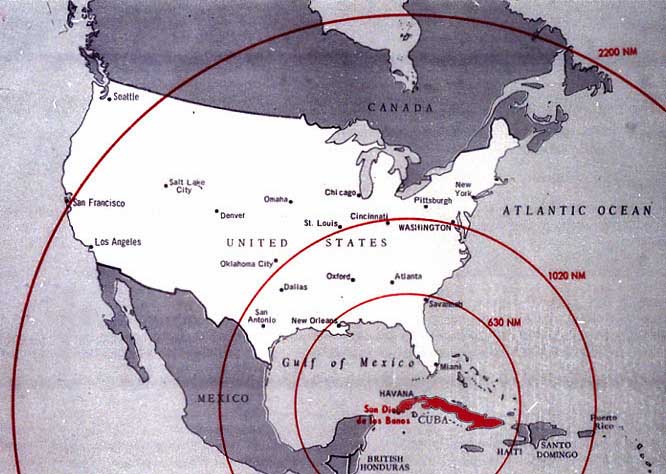Can we really change that much?
When I explain the seriousness of the nuclear threat and the need for humanity to change in order to avoid a horrible fate, some challenge that conclusion by saying, "You can't change human nature."
Eliminating the horrendous risk posed by nuclear weapons may sound utopian and infeasible. But, with over 25,000 nuclear weapons in existence today and the ability to build many times that number, our choice is between creating such a world and having no world at all. We are being challenged to adapt to a sudden change in our environment and, contrary to the belief that human nature is fixed and unchangeable, adaptability is our defining characteristic. Through adaptations of clothing and shelter, we have extended our range from a small tropical region to the entire globe and even to the Moon. Through other adaptations, we have learned to fly far higher than birds, outswim fish, and even walk on the Moon.
We have also adapted our social structures in ways initially thought to be impossible. Abolishing slavery, a laughable idea just 200 years ago, became the law of the land just five decades years later. Women’s suffrage, which initially was seen as even more unthinkable, also came to pass. In the past, we have changed what seemed like immutable aspects of human nature when far less was at stake. Changing to ensure our survival is certainly within our power.
When we look back from today's vantage point on slavery and women's abject subjugation, we tend to wonder how people could ever have been so inhuman. But, in viewing those changes through that negative prism, we miss the miracle that individuals wrought in bringing about those positive societal upheavals. We need to reframe that "glass half empty" view and see those changes for what they were – astounding miracles in which ordinary citizens played the key role. In contrast the "half empty" view reinforces a belief system in which humanity is deficient and therefore incapable of change. As described in Section 5 of this Nuclear Reader, Prof. Carol Dweck of Stanford's Psychology Department has demonstrated how important it is to emphasize our capacity for change when approaching people with a challenge like this.
One of my favorite views of how humanity could overcome what may seem like insurmountable odds was poetically described twenty years ago by the late Prof. Yuri Zamoshkin, a man with whom I had the great honor of working and who made important contributions to the Soviet reform movement of the 1980’s:
In the philosophy of twentieth-century German and French existentialists (notably K. Jaspers), the term grenzsituation (border situation) has been used to designate an experience in which an individual comes face-to-face with the real possibility of death. Death is no longer merely an abstract thought, but a distinct possibility. Life and death hang in the balance.
Different human beings respond to the grenzsituation in different ways. Some become passive and put their heads on the chopping block, so to speak. Others experience something akin to a revelation and find themselves capable of feats they never before would have thought possible. In a grenzsituation, some timid individuals have become heroes; some selfish individuals have become Schweitzers. And sometimes, in so transcending their normal personalities, they cheat the grim reaper and survive where normally they would not.
Until now, this notion has been applied only to individuals. But I am convinced that today it can be purposefully applied to the world as a whole. The present day global grenzsituation resides in the possibility for global death and global life.
This situation, for the first time in history, directly, practically, and not purely speculatively, confronts human thought with the possibility of death for the entire human race. The continuity of history, which earlier had seemed to be a given, suddenly becomes highly questionable.
As with the individual, this global grenzsituation may contribute to a "revelation" in human thinking and to a positive change of character previously thought impossible for our species. …
Of course there is also the possibility that, faced with a grenzsituation, mankind will go passive and put its collective head on the nuclear chopping block. But before we can learn our true mettle, we must bring the global grenzsituation into clear focus for all humanity. Society must see that it has but two possibilities, global life or global death. [1]
As Zamoshkin concludes so eloquently, the first key step in defusing the nuclear threat is to create greater societal awareness of the risk posed by nuclear weapons. Our home page lists four actions that anyone can take, even within the busy schedules that most of us have today. Yet those four simple acts have the potential to start a process that realizes that immense goal. For our sake, and even more for our children and grandchildren, please consider taking part.
[1] Reprinted with permission from Yuri A. Zamoshkin, "Nuclear Disarmament: Ideal and Reality," in Breakthrough: Emerging New Thinking, Anatoly Gromyko and Martin Hellman, Editors, Walker and Company, New York, 1988, pages 209-213. Copyright 1988, Beyond War Foundation. The full essay is accessible online.



